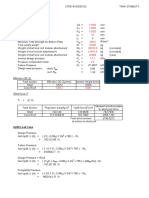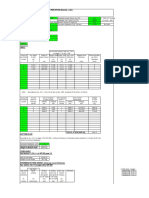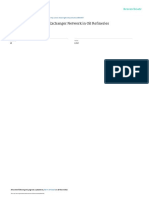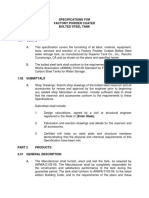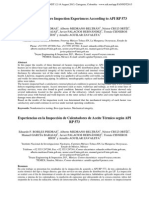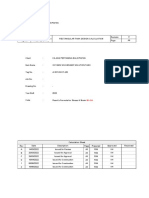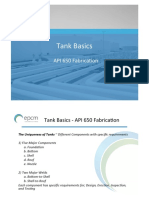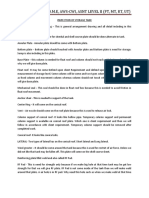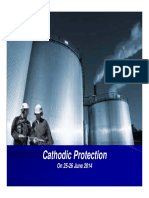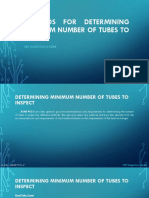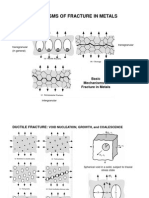0% found this document useful (0 votes)
167 views59 pagesChapter2API650 Storage Tank Design
The document discusses the design and fabrication of welded tanks for oil storage. It covers the major components of tanks including the foundation, bottom, shell, roof, and nozzles. It also discusses material selection, thickness calculations, welding procedures, and inspection methods.
Uploaded by
iraprobotCopyright
© © All Rights Reserved
We take content rights seriously. If you suspect this is your content, claim it here.
Available Formats
Download as PDF, TXT or read online on Scribd
0% found this document useful (0 votes)
167 views59 pagesChapter2API650 Storage Tank Design
The document discusses the design and fabrication of welded tanks for oil storage. It covers the major components of tanks including the foundation, bottom, shell, roof, and nozzles. It also discusses material selection, thickness calculations, welding procedures, and inspection methods.
Uploaded by
iraprobotCopyright
© © All Rights Reserved
We take content rights seriously. If you suspect this is your content, claim it here.
Available Formats
Download as PDF, TXT or read online on Scribd
/ 59

